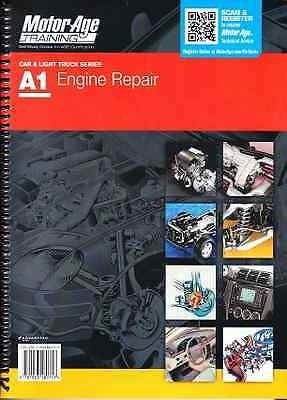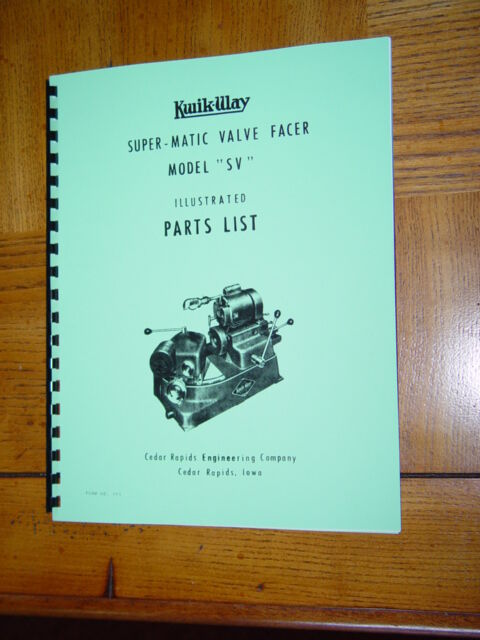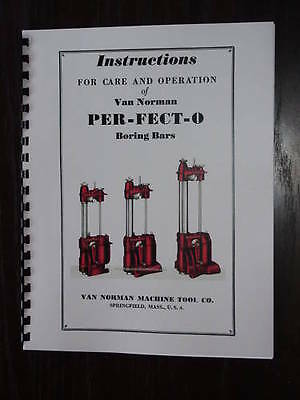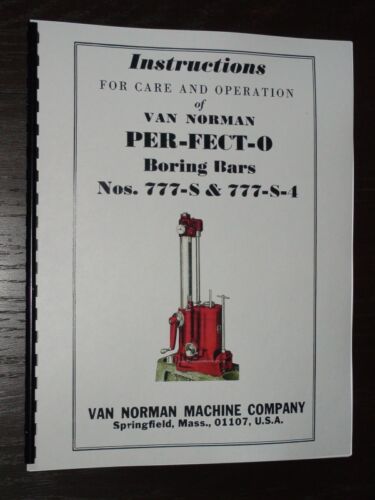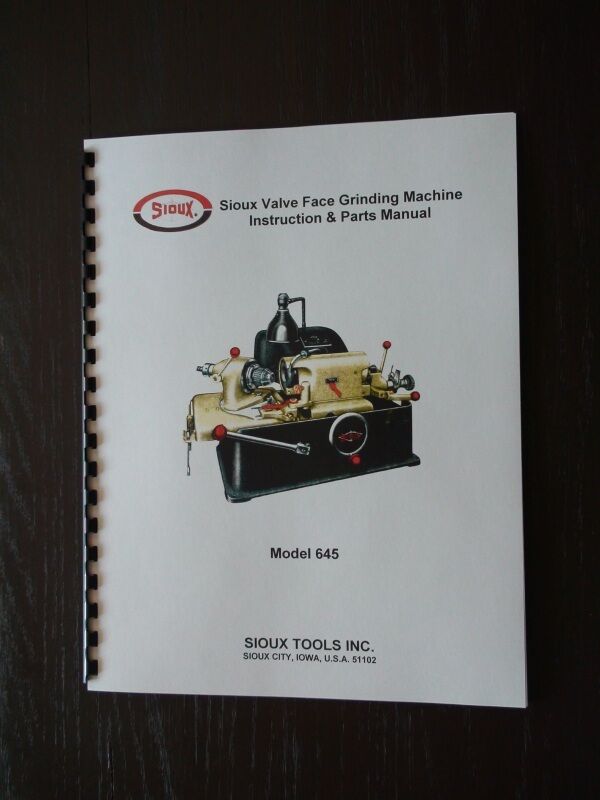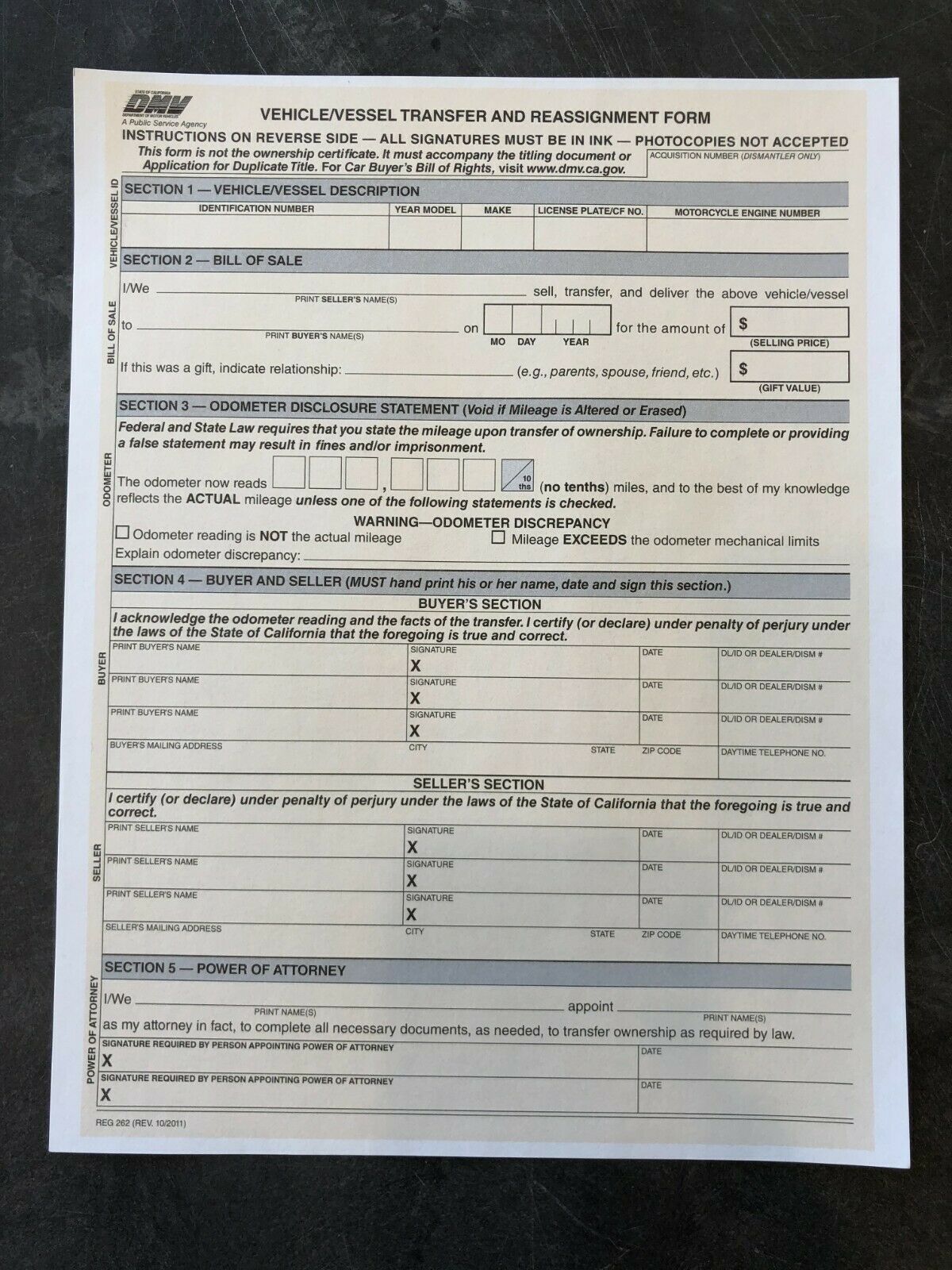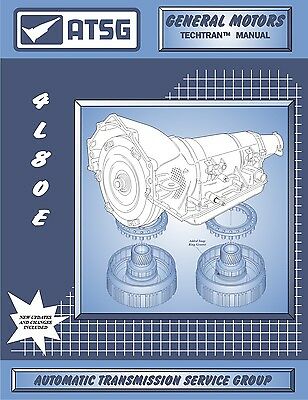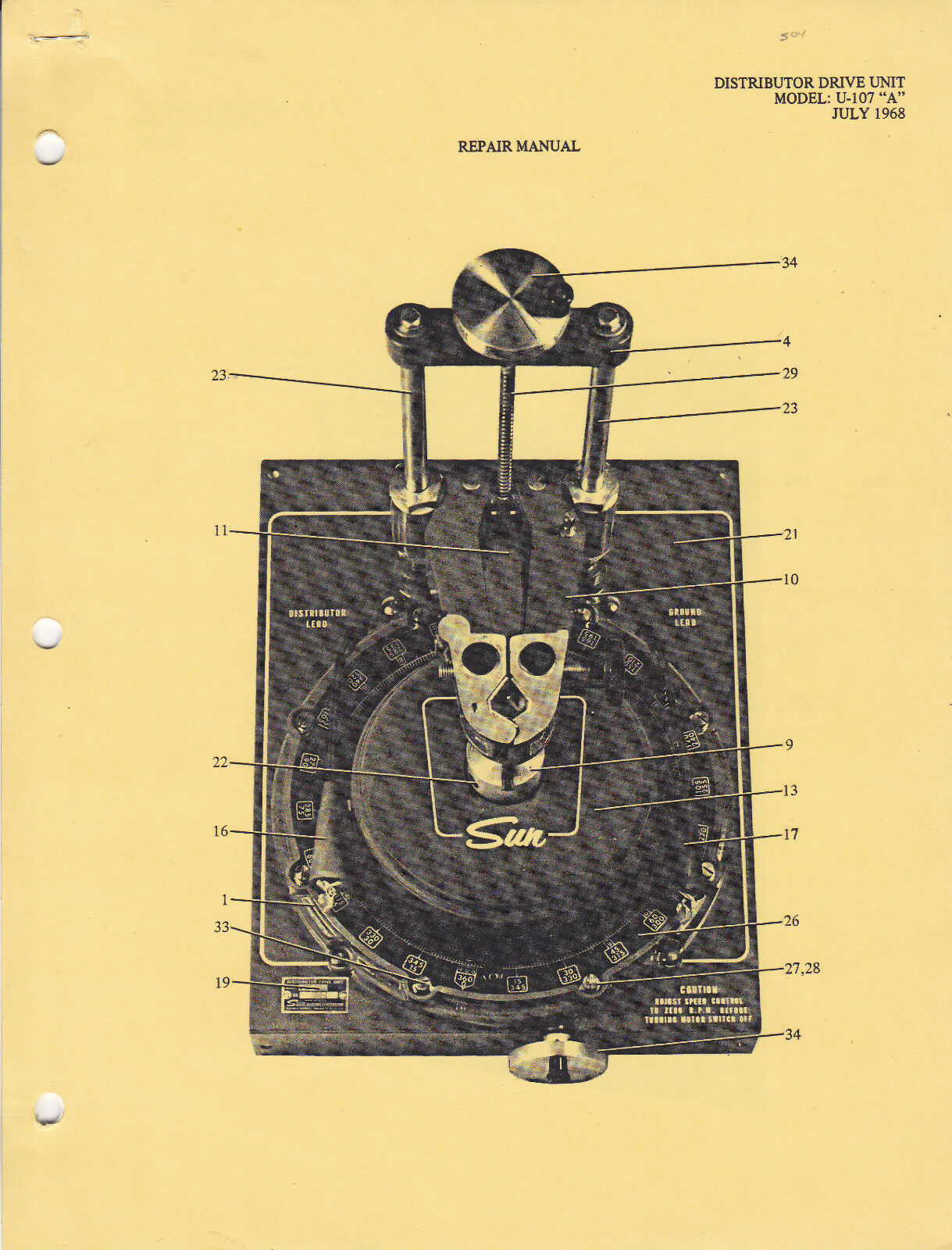-40%
MotorAge A1 ASE Automotive Engine Repair Test Prep Home Study Manual Guide 80717
$ 16.34
- Description
- Size Guide
Description
ASE Test Prep Manual A1, Automotive Engine Repairby Motorage, Most Recent Edition
We Sell Only the Newest Edition that is Published Today. We purchase direct from MotorAge and sell hundreds of the ASE test Prep Manuals every week. Anytime there is a change in the manuals content we return old copies in exchange for new editions.
The Motor Age Self-Study Guide for the A1 Engine Repair ASE Test contains:
Techniques and strategies that allow you to better prepare and take the ASE test.
Task List for the
A1 ASE Test lists the subject matter areas that need to be understood by the technician in order to pass the test.
Diagnostic information:
Engine Mechanical, Lubrication and Cooling Systems. This section includes symptom descriptions and their causes, complete engine testing procedures, and interpretation of test results.
Repair information:
Engine Mechanical, Lubrication, Cooling, Fuel, Exhaust and Electrical Systems.
This section includes
engine disassembly, cleaning, inspection, repair and assembly.
Complete Practice Test, with questions and answers written similar to to the actual ASE test. Each answers in the Practice Test has clear explainations of why the right answer was the correct choice.
Engine Terminology Glossary, Listing all engine-specific terms and abrviations used in the test prep manual.
This A1 ASE Test Prep Manual is writted by professional editors. It is easy-to-read, has dozens of clear useful pictures, and is easy to take along where eer you go. You can even use this study guide in the shop as a reference manual after you’ve taken the ASE test.
ASE A1 Auto Test Prep Study Guide - Automotive Engines
A. Engine Diagnosis (15 questions)
1. Verify driver’s complaint and/or road test vehicle; determine necessary action.
2. Determine if no-crank, cranks but will not start, or hard starting condition is an engine mechanical problem, or is caused by another vehicle subsystem.
3. Inspect engine assembly for fuel, oil, coolant, and other leaks; determine necessary action.
4. Isolate engine noises and vibrations; determine necessary action.
5. Diagnose the cause of excessive oil consumption, coolant consumption, unusual engine exhaust color, and odor; determine necessary action.
6. Perform engine vacuum tests; determine necessary action.
7. Perform cylinder power balance tests; determine necessary action.
8. Perform cylinder cranking compression tests; determine necessary action.
9. Perform cylinder leakage tests; determine necessary action.
B. Engine Cylinder Head and Valve Train Diagnosis and Repair (10 questions)
1. Remove cylinder heads, disassemble, clean, and prepare for inspection.
2. Visually inspect cylinder heads for cracks, warpage, corrosion, leakage, and the condition of passages; determine needed repairs.
3. Inspect and repair damaged threads where allowed; install core and gallery plugs.
4. Inspect, test, and verify valve springs for squareness, pressure, and free height comparison; replace as necessary.
5. Inspect valve spring retainers, rotators, locks/keepers, and lock grooves.
6. Replace valve stem seals.
7. Inspect valve guides for wear; check valve stem-to-guide clearance; determine needed repairs.
8. Inspect valves and valve seats; determine needed repairs.
9. Check valve spring installed (assembled) height and valve stem height; determined needed repairs.
10. Inspect pushrods, rocker arms, rocker arm pivots, and shafts for wear, bending, cracks, looseness, and blocked oil passages; repair or replace as required.
11. Inspect and replace hydraulic or mechanical lifters/lash adjusters.
12. Adjust valves on engines with mechanical or hydraulic lifters.
13. Inspect camshaft(s) (includes checking drive gear wear and backlash, end play, sprocket and chain wear, overhead cam drive sprocket(s), drive belt(s), belt tension, tensioners, camshaft reluctor ring/tone-wheel, and variable valve timing components); replace as necessary.
14. Inspect and measure camshaft journals and lobes; measure camshaft lift.
15. Inspect and measure camshaft bore for wear, damage, out-of-round, and alignment; determine needed repairs.
16. Inspect valve timing; time camshaft(s) to crankshaft.
17. Inspect cylinder head mating surface condition and finish, reassemble and install gasket(s) and cylinder head(s); replace/torque bolts according to manufacturers’ procedures.
C. Block Diagnosis and Repair (10 questions)
1. Remove and disassemble engine block; clean and prepare components for inspection and reassembly.
2. Visually inspect engine block for cracks, corrosion, the condition of passages, core and gallery plug hole condition, surface warpage, and surface finish and condition; inspect piston oil cooling nozzle/jets for damage, improper alignment and restriction; determine necessary action.
3. Inspect and repair damaged threads where allowed; install core and gallery plugs.
4. Clean and inspect cylinder walls; measure cylinder bore; determine need for further action.
5. Inspect crankshaft for end play, journal damage, keyway damage, thrust flange and sealing surface condition, and visual surface cracks; check oil passage condition; measure journal wear; check crankshaft reluctor ring/tone wheel (where applicable); determine necessary action.
6. Inspect main bearing wear patterns; inspect and measure main bearing bores and cap alignment; mark caps for location and direction; clean and inspect crank girdle (bed plate/ladder) where applicable.
7. Install main bearings and crankshaft; check bearing clearances and end play; inspect, replace, and torque bolts according to manufacturers’ procedures.
8. Inspect camshaft bearings for excessive wear and alignment; replace bearings if necessary; install camshaft, timing chain and gears; check end play.
9. Inspect auxiliary (balance, intermediate, idler, counterbalance, or silencer) shaft(s), drive(s)/gear(s), and support bearings for damage and wear; time balance shaft to crankshaft; determine necessary action.
10. Inspect, measure, service, or replace pistons and piston/wrist pins; identify piston and bearing wear patterns caused by connecting rod alignment problems; determine necessary action.
11. Inspect connecting rods and bearings for damage, bore condition, and pin fit; mark caps for location and direction; determine necessary action.
12. Inspect, measure, and install or replace piston rings; assemble piston and connecting rod; install piston/rod assembly; check bearing clearance and sideplay; install connecting rod bearings; inspect, replace, andtorque fasteners according to manufacturers’ procedures.
13. Inspect, reinstall, or replace crankshaft vibration damper/harmonic balancer (includes dual-mass damper).
14. Inspect crankshaft flange and flywheel mating surfaces; inspect and replace crankshaft pilot bearing/bushing (if applicable); inspect flywheel/flexplate and fly-wheel ring gear for cracks and wear (includes dual-mass flywheel); measure flywheel runout; determine necessary action.
15. Inspect and replace pans and covers.
16. Assemble the engine using gaskets, seals, and formed-in-place (tube-applied) sealants, and thread sealers, according to manufacturers’ specifications; reinstall engine.
D. Engine Lubrication and Cooling Systems Diagnosis and Repair (8 questions)
1. Diagnose engine lubrication system problems; perform oil pressure tests; determine necessary action.
2. Disassemble and inspect oil pump (includes gears, rotors, housing, and pick-up assembly); measure oil pump clearance; inspect pressure relief devices and pump drive; determine necessary action.
3. Inspect, test, and flush or replace internal and external engine oil coolers.
4. Fill crankcase with oil and install engine oil filter.
5. Perform cooling system pressure tests; perform coolant dye test; determine necessary action.
6. Inspect and test radiator, heater core, pressure cap, and coolant recovery system; replace as required.
7. Inspect, replace, and adjust drive belt(s), tensioner(s), and pulleys.
8. Inspect and replace engine cooling system and heater system hoses, pipes and fittings.
9. Inspect, test, and replace thermostat, coolant by-pass, and thermostat housing.
10. Inspect and replace water pump.
11. Inspect and test coolant; drain, flush, and refill cooling system with recommended coolant; bleed air as required.
12. Inspect and test fan (both electrical and mechanical), fan clutch, fan shroud, air dams, and cooling fan electrical circuits; repair or replace as required.
13. Verify proper operation of engine related warning indicators.
E.
Ignition,
Electrical,
Fuel and Exhaust Systems Inspection & Service (7 questions)
1. Inspect, clean or replace fuel injection system components, intake manifold, and gaskets.
2. Inspect, service or replace air filters, filter housings, and intake ductwork.
3. Inspect turbocharger/supercharger systems; determine necessary action.
4. Test engine cranking system; determine needed repairs.
5. Inspect and test crankcase ventilation system components; replace as necessary
6. Inspect and test ignition system components; replace as necessary; verify timing.
7. Inspect and diagnose exhaust system; determine needed repairs.
Specifications
Publisher:
MotorAge
Softcover:
122 pages
Dimensions:
11.0 x 8.5 x 0.4 inches
